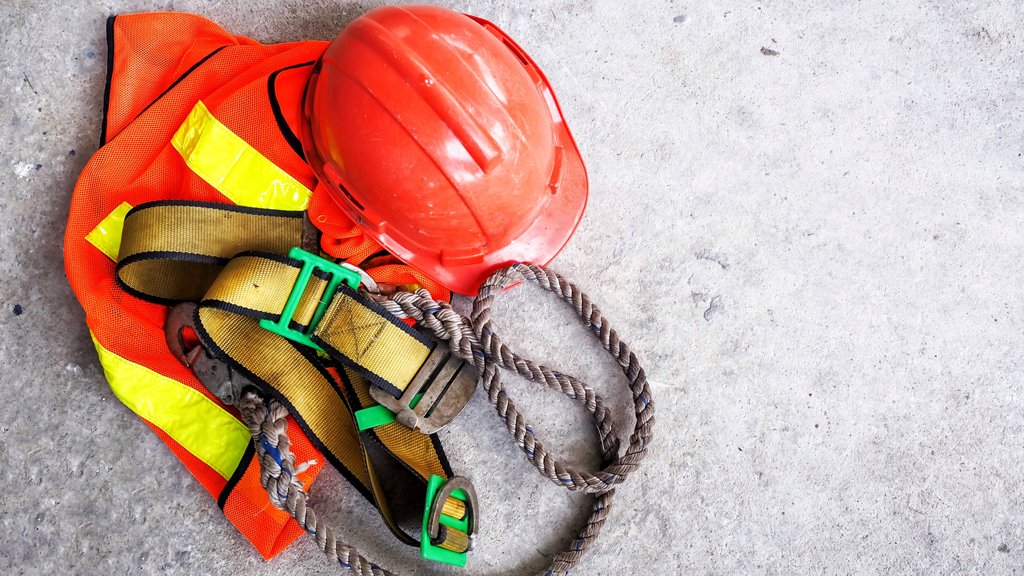In recent news out of Cape Town, South Africa, a tragic building collapse has left at least 33 people confirmed dead and 19 still missing after nearly two weeks of exhaustive rescue efforts. The unfinished five-storey apartment complex in George collapsed on May 6, with 81 workers on site at the time.
Despite the heroic efforts of more than 600 emergency responders, only 29 survivors have been pulled from the rubble, some still hospitalized. South African President Cyril Ramaphosa visited the site to offer support and solidarity to victims’ families and rescue workers, who have been tirelessly working around the clock for over 250 hours.
While the rescue operation is coming to an end with the assumption that the remaining 19 missing workers are deceased, investigations are just beginning. The national department of employment and labor, along with police and the provincial Western Cape government, will be conducting thorough inquiries into the collapse.
Many of the workers affected were foreign nationals from neighboring countries, raising concerns about safety standards and compliance by the construction contractors. As the investigation unfolds, it will be crucial to determine whether proper protocol was followed and if any negligence contributed to this devastating tragedy.
This incident serves as a stark reminder of the importance of adhering to strict safety regulations in the construction industry. As the community mourns the loss of lives and the impact this disaster has had on so many families, let us also take this opportunity to reevaluate and prioritize safety measures to prevent such disasters from happening in the future.
Source link


